 | This is NOT financial advice! This is for educational purposes only! never thought i'd ever get to say that Algorand HistoryAlgorand was founded in 2017 by MIT Professor, computer scientist, reincarnation of christ, Silvio Micali. He's been in the cryptography game for a long time and is known for
that's quite a list. In June 2019 the Algorand Foundation launched the mainnet and announced the first token sale. Algorand was the first blockchain to provide instant transaction finality! The Algorand team consists of more brilliant people including
and probably many more. Peppercoin Now this doesn't have much to do with Algorand itself but this was something I stumbled upon.
Why choose Algorand?Algorand's mission is to create a borderless economy through a permissionless blockchain. The Algorand protocol is designed for speed & decentralization. The developers have been able to to finalize blocks in just one round of voting. This means that transactions are finalized instantly and that the Algorand blockchain can handle 1000 transactions with a latency of 5 seconds. Algorand uses a form of the Byzantine Agreement (Pure Proof of Stake) for their consensus. This means that if more than 2/3 of the network is honest then the network will be secure. Participants do not need to be synchronized on the Algorand blockchain in order to keep the blockchain secure. This way the protocol can stay safe during network partitions without an end in sight. This near-instant recovery from partitions makes it expensive for an attacker to stall the network since the attacker would need to frequently pay the cost for disrupting the network. On top of that, the Algorand blockchain doesn't fork which ensures it is always fast and stable. The Algorand blockchain has two sets of nodes to achieve their high transaction throughput
To keep up with a large amount of nodes, Algorand has developed their own mechanism based on VRF (Verifiable Random Functions, Chainlink brings VRF to ETH!). This solution allows a participant to check privately and see if they have been selected to participate in agreement for the next block, and then include proof of selection in their network messages. The Algorand protocol doesn't require users to keep anything secret other than their private keys, this allows for re-choosing participants very quick as users don't have to do anything. EcosystemThe Algorand ecosystem is still very small but there have recently been a bunch of projects popping up that are working on Algorand, some of these are:
Here are some more participants in the Algorand ecosystem Processing img p1cbs4uer5n71... Processing img dyc1arpgr5n71... Processing img 0tij4usir5n71... Processing img 6dgpilhlr5n71... TokenomicsA lot of people have been criticizing Algorand's tokenomics. They did a large VC sale at the beginning of the project and for a while this surpressed the price of Algorand as everytime the coin pumped there'd be massive sell offs. Since then they have changed their vesting model & even set up a $300M fund for DeFi applications. Other than that, currently most people hold Algorand to stake and get a 5% APY automatically. With the limited amount of applications on Algorand not many ALGO is getting used in transactions. General Stats (data is accurate as per writing this post)
The difference between circulating and total supply means that there is Algo locked up for a period of time. These Algo's are in "circulation" but cannot be used/sold/accessed as they are locked (e.x VC's had their tokens locked for X amount of time) Read more about tokenomics here: Algorand Economic Evolution Report SourcesOfcourse I don't know all of this of the top of my head!
[link] [comments] |

You can get bonuses upto $100 FREE BONUS when you:
💰 Install these recommended apps:
💲 SocialGood - 100% Crypto Back on Everyday Shopping
💲 xPortal - The DeFi For The Next Billion
💲 CryptoTab Browser - Lightweight, fast, and ready to mine!
💰 Register on these recommended exchanges:
🟡 Binance🟡 Bitfinex🟡 Bitmart🟡 Bittrex🟡 Bitget
🟡 CoinEx🟡 Crypto.com🟡 Gate.io🟡 Huobi🟡 Kucoin.
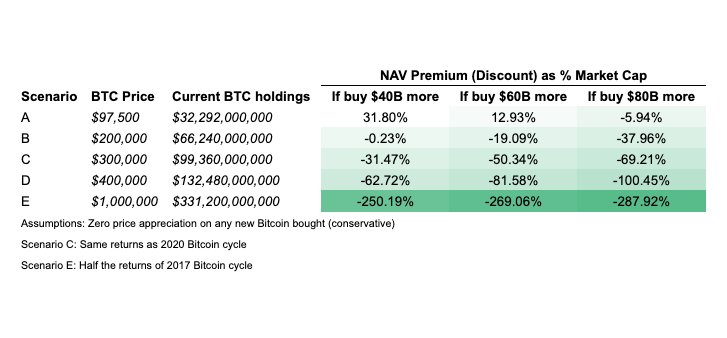
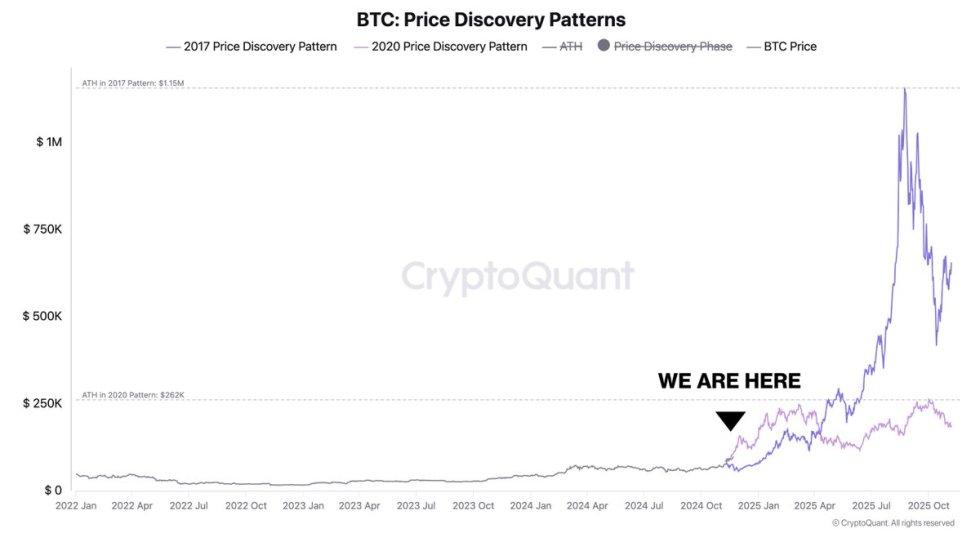


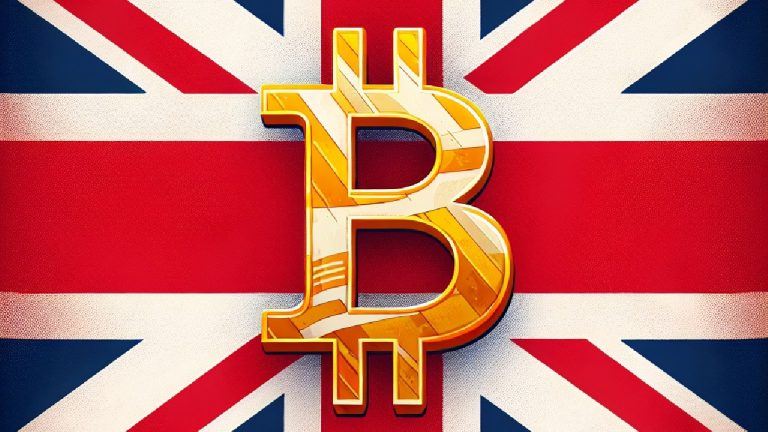
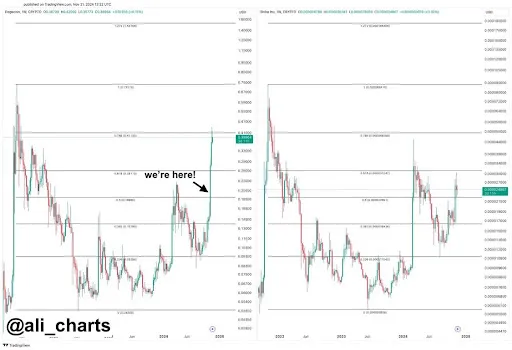

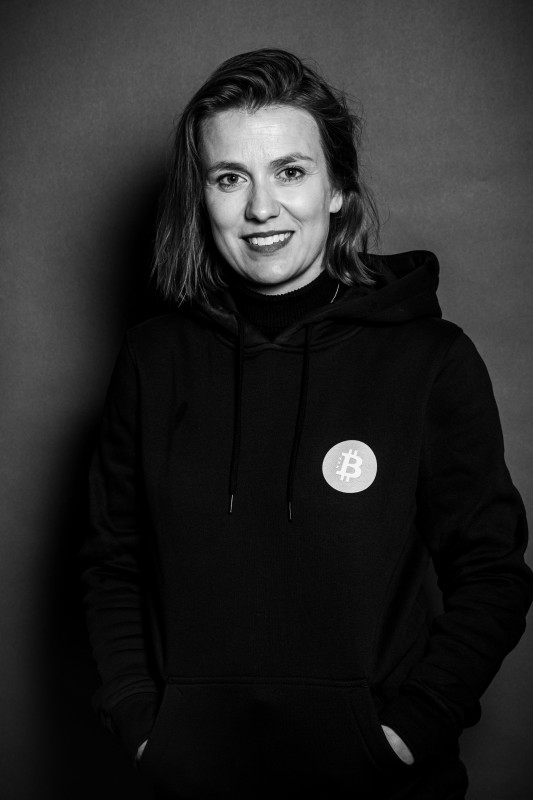
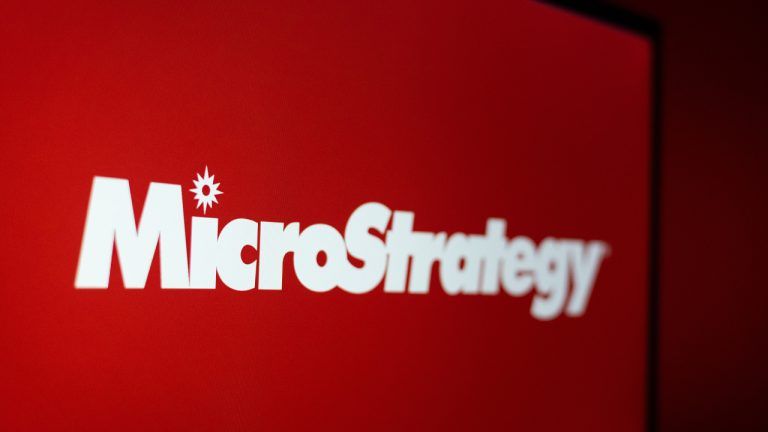

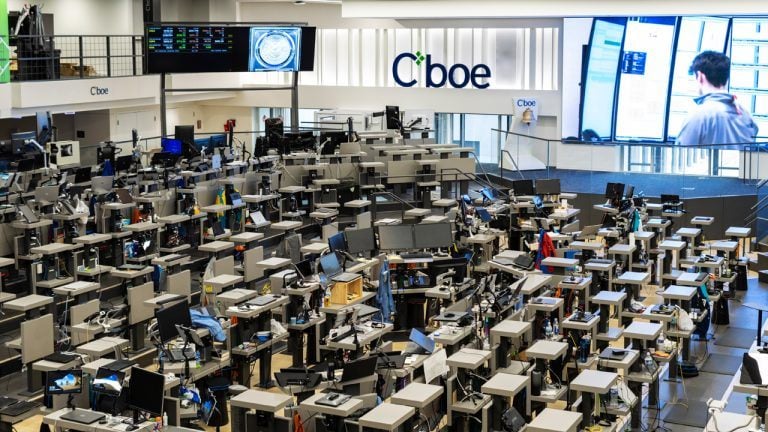



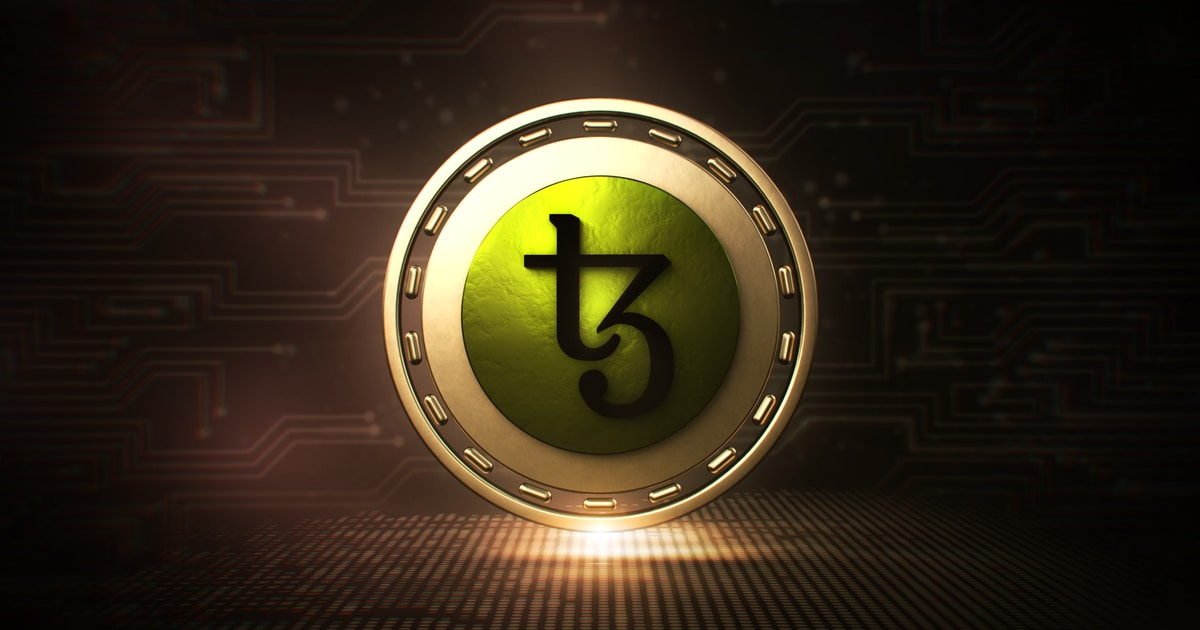
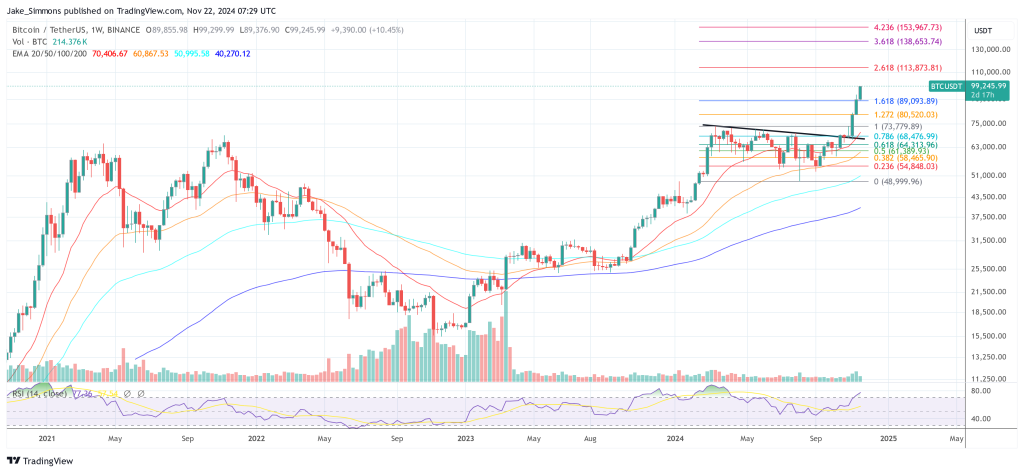

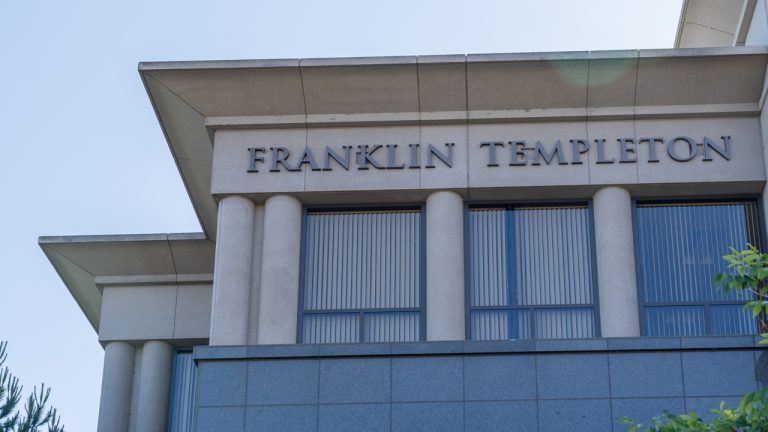
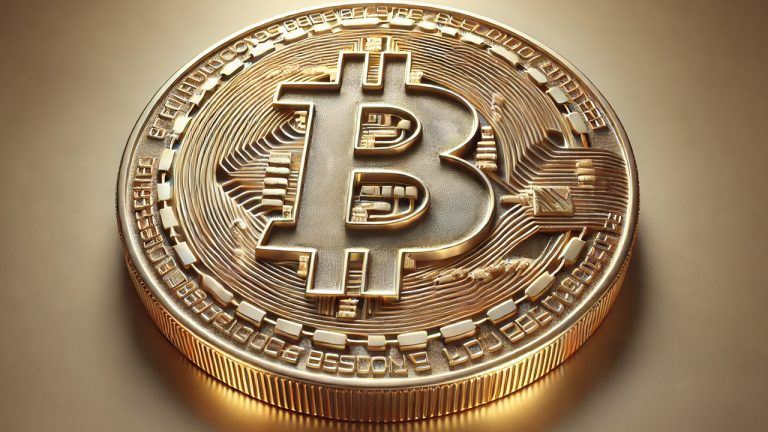
Comments